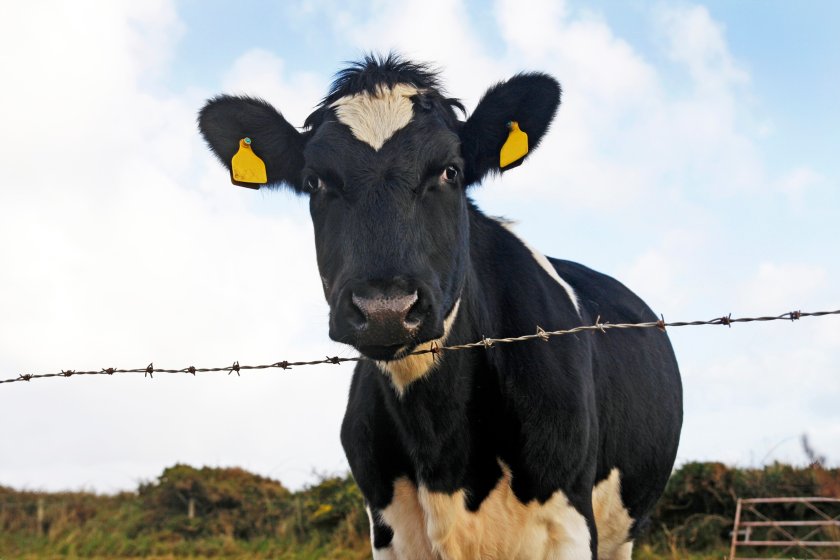
The potential for converting manure into a sustainable material of the future has highlighted the truth in the old saying ‘Where there’s muck, there’s brass’.
Livestock dung is typically used as a fertiliser or as a source of biogas for green energy applications, but it could be used to create the next generation of cellulosic materials according to a new report.
The study, led by scientists at Scotland’s Rural College (SRUC), reviewed recent research into the development of high-value manure-derived materials from ruminant animals such as cattle.
They found that dung has been largely overlooked for these materials despite the “staggering” variety of different applications for recycled ‘ruminant waste biomass’ (RWB).
The most common applications use manure in combination with other components to create composite materials such as plastic, recycled card and paper or concrete.
However, it could also be used for the extraction of nanocellulose - a prospective bio-based and biodegradable material of the future.
Nanocellulose has major potential for use in antibacterial agents, antioxidants, sensors, electromagnetic shielding devices, adsorbents in water treatment, fuel cells, electrochromic and in biomedical applications.
Currently, there is a trade-off between the performance of the material and the amount of processing required to achieve this – limiting the capacity of RWB to replace conventional materials on a commercial level.
Nevertheless, Vijai Kumar Gupta, senior research fellow at SRUC said: “Given the demand for sustainable materials and the ever-increasing interest in nanocellulose research, it is highly likely that it will soon be brought out of the lab and into factories and everyday products.
“Ruminant waste biomass could be instrumental for the transition of nanocellulose production to large and economically viable scales.”
